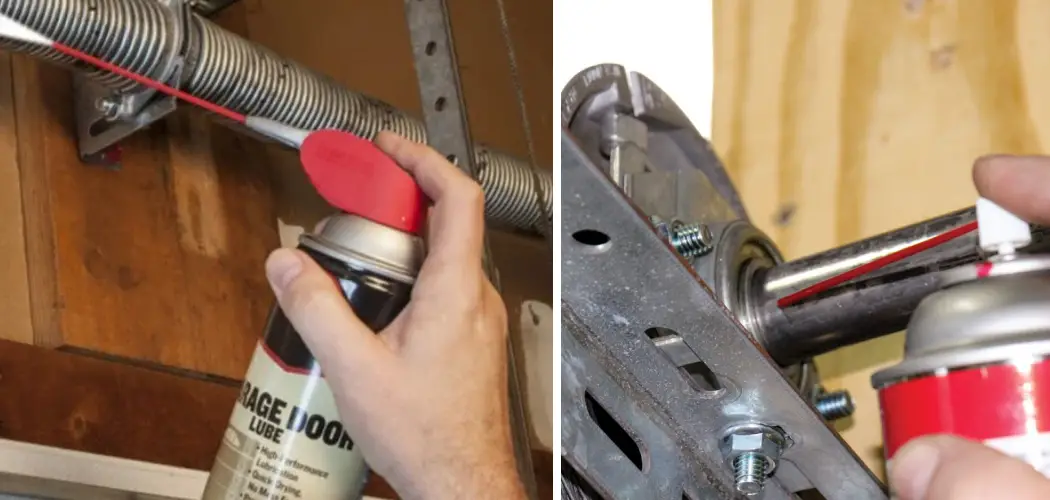A well-maintained garage roller door ensures quiet operation and extends the door’s lifespan. When the components function smoothly, the door opens and closes seamlessly, preventing unnecessary disturbances that could disrupt your daily routine.
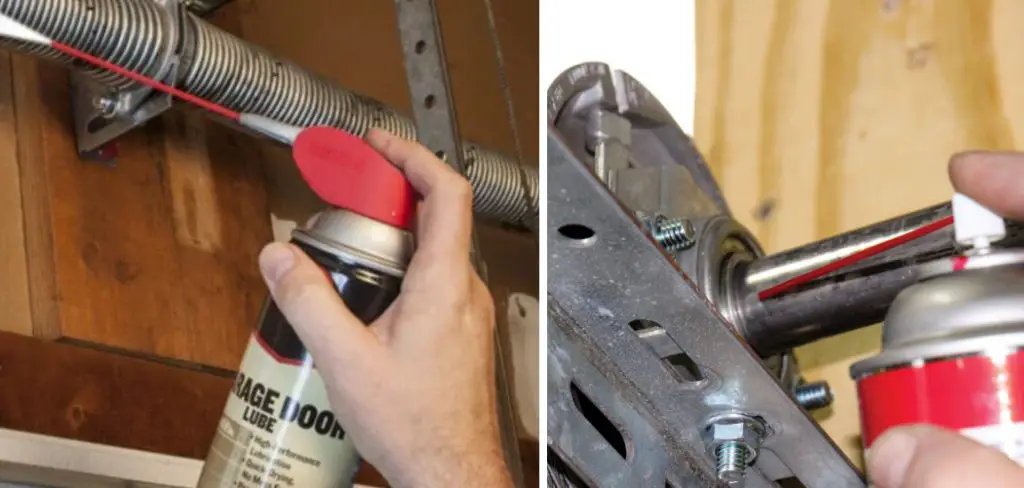
Common causes of a squeaky garage roller door often stem from a lack of lubrication, which leads to increased friction, worn-out parts that may need replacement, or debris caught in the tracks that hinder movement. This article will guide you through the essential steps on how to fix squeaky garage roller door, focusing on identifying the source of the noise, lubricating key components, and replacing any worn parts. By following these straightforward procedures, you can maintain a quiet and reliable garage door for years to come.
Identifying the Source of the Squeak
Common Squeak Locations
Squeaks originating from a garage roller door typically stem from several key areas: the rollers, hinges, and tracks. Rollers, particularly if they are metal, can develop friction over time as debris or rust accumulates, leading to annoying noise during operation. Hinges are another common culprit; when they lack lubrication or become worn, they can create a screeching sound each time the door opens or closes.
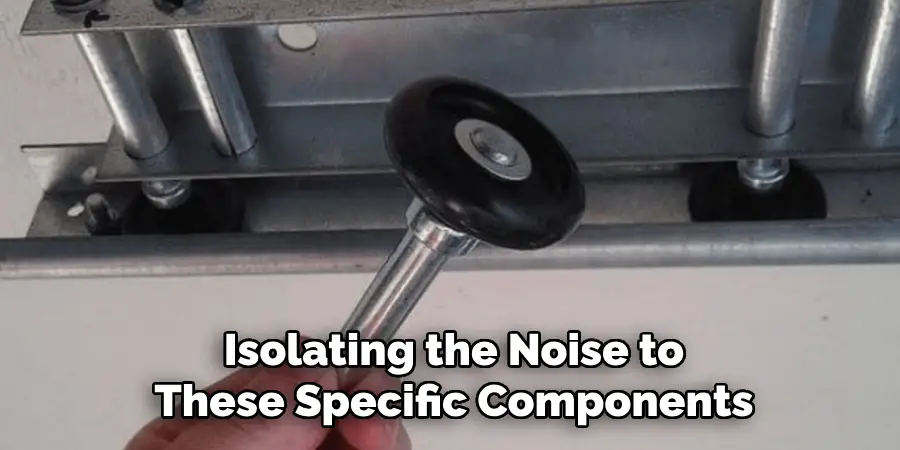
Additionally, the tracks can contribute to the squeaking when they are misaligned or dirty. Isolating the noise to these specific components is crucial for efficient repairs. You can ensure targeted and effective maintenance by pinpointing the exact location where the sound originates, ultimately restoring the door’s smooth operation.
Inspection Process
To effectively inspect your garage roller door for squeaks, manually open and close the door while paying close attention to any noises produced. Start by standing beside the door and listening for the squeak as it moves. This process will help you identify the source of the sound.
It’s essential to check both sides of the door during this inspection, as problems may not be uniformly present. Look for signs of wear or damage, especially at the rollers, hinges, and tracks, where visual inspection will reveal dirt buildup, rust, or loose hardware. By thoroughly assessing these areas, you can better discern which parts require lubrication or potential replacement, leading you one step closer to resolving the squeak effectively.
Safety First: Preparing for the Fix
Disconnect the Power Supply
Before starting any maintenance on your garage roller door, it’s crucial to disconnect the power supply. This step is vital to prevent accidental activation of the garage door opener while you are working, ensuring your safety throughout the process.
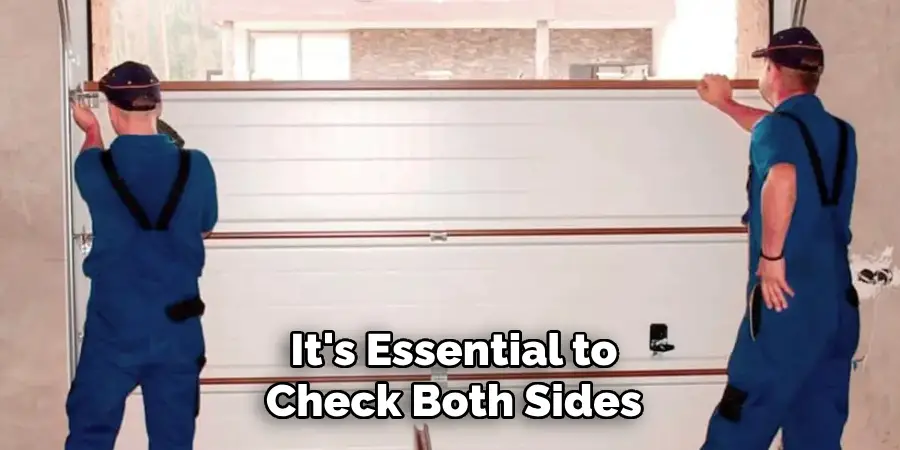
Ensure the Door is Stable
Once the power supply is disconnected, secure the garage door in place using locking pliers or clamps. This will prevent any unintended movement while you perform the necessary repairs and maintenance, reducing the risk of injury.
Gather Tools and Supplies
Collect all essential tools and materials before you begin. You will need lubricants—preferably silicone-based or lithium grease—along with a wrench for adjustments. Additionally, make sure to wear safety gear, such as gloves and goggles, to protect yourself during maintenance work. Being adequately prepared will streamline the repair process and enhance your safety.
How to Fix Squeaky Garage Roller Door: Lubricating the Moving Parts
Step 1: Clean the Tracks and Rollers
Before applying any lubricant, it’s imperative to thoroughly clean the tracks and rollers. Use a damp cloth or a mild cleaner to wipe away dirt and debris that may have accumulated. Pay close attention to the tracks, ensuring that they are clear of any obstacles that might impede the door’s movement.
It’s important to clean these components effectively, as any residue left behind can hinder the lubricant’s ability to penetrate and lubricate properly. A clean surface allows for optimal performance of the lubricants, reducing friction and noise. Inspect the rollers as you clean them, looking for signs of wear or damage that may require further attention.
Step 2: Lubricate the Rollers
Once the tracks and rollers are clean, it’s time to apply the lubricant. Focus on the bearings inside the rollers, as this is where friction commonly occurs and can lead to squeaking. Applying a silicone-based or lithium grease lubricant evenly to all moving parts without over-applying.
When lubricating nylon rollers, be careful not to saturate them, as excess lubricant can attract dirt and debris, which may lead to future problems. For metal rollers, ensure that the lubricant reaches the bearings and is properly distributed, providing a protective barrier against rust. Proper lubrication of rollers is crucial in maintaining smooth operation and prolonging the lifespan of your garage door.
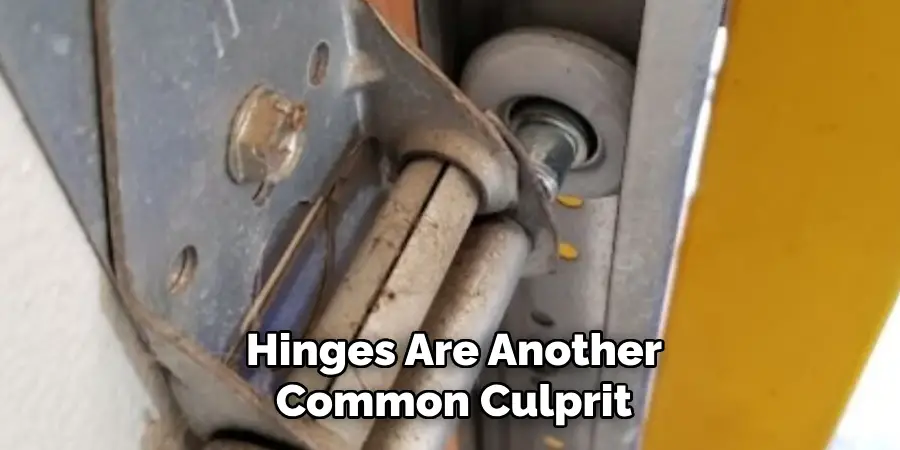
Step 3: Lubricate the Hinges and Springs
The next step is to lubricate the hinges and springs, as these components are essential for smooth door movement. Use a suitable lubricant that won’t attract dust or debris, such as a dry spray lubricant, which is particularly effective for hinges.
Apply the lubricant to all pivot points on the hinges, ensuring thorough coverage to minimize metal-on-metal friction, which can lead to wear over time. A light spray of lubricant for the springs will help reduce tension and noise when the door opens and closes. Pay close attention to ensure that you reach all moving parts, including any additional pivot points that may not be immediately visible. Regular lubrication of hinges and springs helps maintain a quieter operation, prevents premature wear, and ensures that your garage door operates smoothly for years to come.
Checking and Tightening Hardware
Inspecting and Tightening Bolts and Screws
A crucial step in maintaining a quiet and stable garage roller door involves a thorough inspection of all hardware components, including bolts, screws, and brackets. Begin by visually scanning each connection point for any signs of loosening or wear. Over time, vibration during door operation can cause screws and bolts to become loose, leading to increased noise, instability, and even potential damage to the door system.
Using a wrench or screwdriver, gently test each fastener and apply necessary tightening without overtightening, which could strip threads or cause damage. Pay special attention to brackets that hold the tracks in place, as any movement there can significantly impact door functionality. By ensuring that all hardware is secure, you can prevent further vibrations and reduce squeaks, ultimately prolonging the life of your garage door system.
Replacing Worn or Damaged Parts
Despite your best efforts to maintain the existing hardware, some components may become so worn or damaged that replacement is necessary. Common culprits include rollers, hinges, and brackets. Inspect these parts for visible signs of deterioration, such as roller cracks or hinge rust. If you notice any such damage, it’s essential to replace the affected components promptly to eliminate persistent squeaks and maintain the door’s functionality.
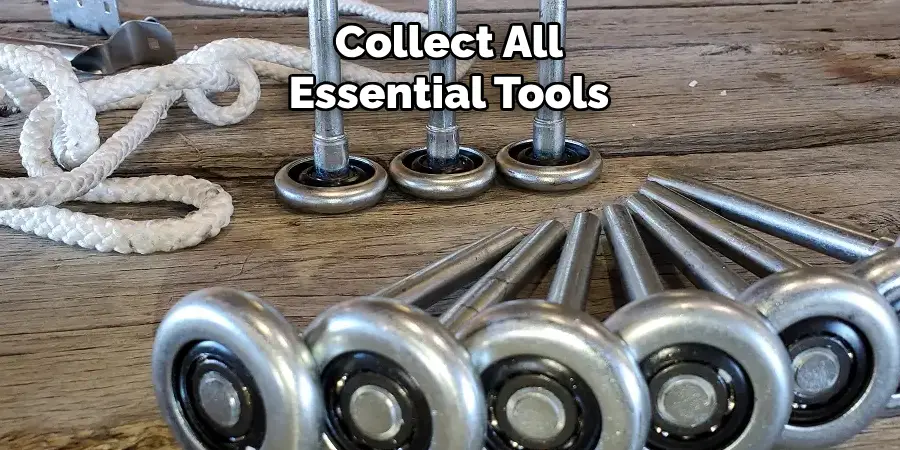
To replace a worn part, start by removing the fasteners and securing it to the door or track. Then, install the new part, ensuring all connections are aligned and tightened securely. Consult the manufacturer’s specifications for the correct size and type of replacement components. Regularly replacing damaged parts not only improves the noise level but also enhances the safety and performance of your garage door, keeping it in prime working condition for years to come.
Preventive Maintenance Tips to Avoid Future Squeaks
Regular Lubrication Schedule
Establish a regular lubrication schedule to maintain your garage door’s smooth operation. Lubricate all moving parts at least every six months or more frequently if you notice any signs of noise. This proactive approach will help prevent squeaking and ensure the longevity of indoor performance.
Keep Tracks Clean
Routine cleaning of the tracks is vital for preventing debris accumulation, which can cause unwanted squeaking and impede the smooth movement of the door. Use a damp cloth or a soft brush to remove any dirt, dust, or other particles from the tracks every month, ensuring they remain unobstructed.
Inspect for Wear and Tear
Regular inspections are critical for identifying signs of wear, such as damaged rollers or corroded hinges. Check these components at least once every quarter and address any issues promptly to maintain optimal functionality and prevent future noises.
When to Call a Professional
Recognizing Serious Issues
If you notice that squeaks persist even after following a regular maintenance routine, it may indicate underlying issues that require professional attention. Additionally, look out for signs of more significant problems, such as bent tracks, damaged springs, or an unresponsive door mechanism. These issues can compromise the safe operation of your garage door and should not be ignored.
Benefits of Professional Help
Hiring a professional for garage door repairs brings numerous advantages. Their expertise ensures accurate diagnosis and effective solutions, reducing the risk of accidents during repairs. Furthermore, professionals are equipped with the right tools and experience to prevent additional damage that may occur from DIY attempts. By entrusting the repair to specialists, you can ensure your garage door operates safely and efficiently for years to come.
Conclusion
In conclusion, maintaining a garage roller door involves several key steps to prevent issues like squeaking. Inspecting all hardware components is crucial to identify any signs of wear or looseness. Equally important is the lubrication of moving parts, such as hinges and springs, to ensure smooth operation and reduce noise. Don’t forget to tighten any loose bolts or screws to enhance stability.
Remember, safety should always be a priority; if you’re unsure about any repairs or if issues persist despite your maintenance efforts, it’s wise to consult a professional. By understanding how to fix squeaky garage roller door through diligent maintenance, you can keep your door functioning optimally and prolong its lifespan. Make it a habit to perform these regular maintenance tasks to avoid squeaks and ensure a reliable garage door for years to come.
I am Rick. I grew up helping my dad with his handyman service. I learned a lot from him about how to fix things, and also about how to work hard and take care of business. These days, I’m still into fixing things- only now, I’m doing it for a living.
I’m always looking for new ways to help people grow and develop. That’s why I have created this blog to share all my experience and knowledge so
that I can help people who are interested in DIY repair.

